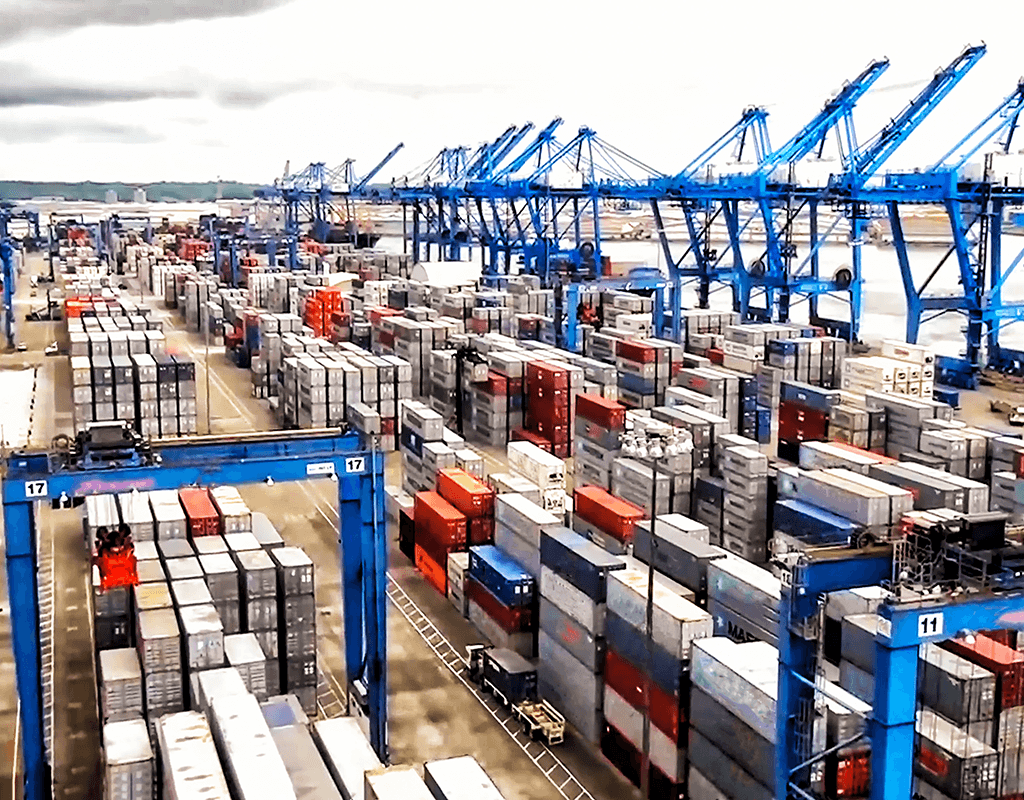As the European Union’s Carbon Border Adjustment Mechanism (CBAM) prepares to go into operation later this year, its impact reverberates across industries and international trade. This concise overview delves into the significance of CBAM, offering essential insights and a glimpse into our training resources.
EU’s Climate Leadership and Ambitious Goals
The European Union has committed to leading the charge in the global fight against climate change. Underpinning this commitment is the European Green Deal, a visionary policy framework aimed at achieving a 55% reduction in carbon emissions by 2030 and making the continent climate-neutral by 2050. At the heart of this strategy lies the EU’s Carbon Border Adjustment Mechanism (CBAM).
CBAM in a Nutshell: Curbing Carbon Leakage
CBAM is a climate-focused initiative designed to address the risk of carbon leakage while remaining compliant with WTO regulations.
Global Solutions for a Global Issue
Climate change necessitates global cooperation. The EU’s heightened climate ambitions and varying environmental standards in non-EU countries pose the threat of “carbon leakage.” This scenario involves EU firms relocating carbon-intensive production abroad to exploit lax regulations or EU products being replaced by carbon-intensive imports. CBAM’s primary aim is to equalize the carbon pricing between domestic and imported goods, ensuring climate goals are safeguarded.
How CBAM Works: Incentivizing Sustainability
The core of CBAM is a system where EU importers purchase carbon certificates, aligning the cost with EU carbon pricing. Non-EU producers can deduct equivalent carbon costs. This mechanism encourages sustainable practices among producers outside the EU.
Gradual Implementation and Reporting
CBAM’s rollout begins incrementally, initially targeting carbon-intensive sectors such as iron and steel, cement, fertilizer, aluminum, and electricity generation. A reporting system commences in 2023, with financial adjustments scheduled for 2026 to ensure a smooth transition.
CBAM vs. EU Emissions Trading System (ETS)
While the EU’s ETS has succeeded in reducing carbon leakage, CBAM is positioned as a gradual replacement. Over time, free allowances in ETS sectors will diminish, maximizing its impact on climate objectives. CBAM, in contrast, focuses on embedded emissions in imported products.
Ensuring Fair Competition
CBAM’s progressive adaptation to reduced free allowances ensures fair competition between EU and non-EU businesses, guaranteeing equitable treatment for importers compared to EU producers.
Implementing CBAM: Importer Responsibilities
CBAM implementation closely resembles the ETS. Importers purchase certificates based on the average EU ETS auction prices. They register with national authorities, who also manage CBAM certificate sales.
Transitional Phase and Predictable Transition
A transitional phase from 2023 to 2025 necessitates emissions reporting without financial penalties, enabling a deliberate and predictable transition.
Covered Industries and Future Expansion
Initially, CBAM applies to high-carbon-emission sectors, including cement, iron and steel, aluminum, fertilizers, and electricity. The potential expansion to more sectors and inclusion of ‘indirect’ emissions is under consideration.
Ensuring Correct Implementation
Non-EU producers are responsible for communicating embedded emissions information to EU importers. In the absence of such data, default values can be employed. Importers can later reconcile actual emissions and return excess CBAM certificates.
CBAM’s Jurisdiction
CBAM covers imports from non-EU countries but excludes specific third countries involved in the ETS or linked emission trading systems. The possibility of their inclusion hinges on their commitment to decarbonization measures.
With CBAM’s imminent introduction, a deep understanding of its implications is crucial.

